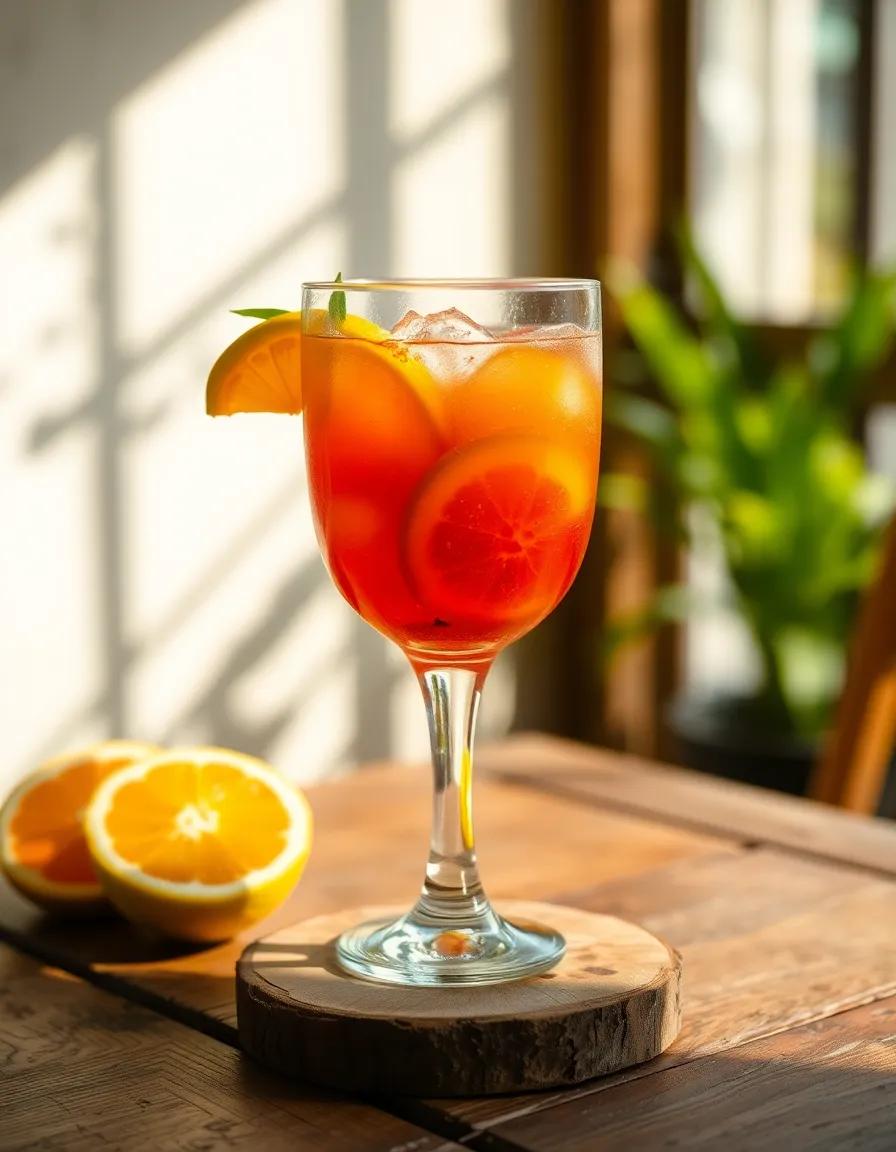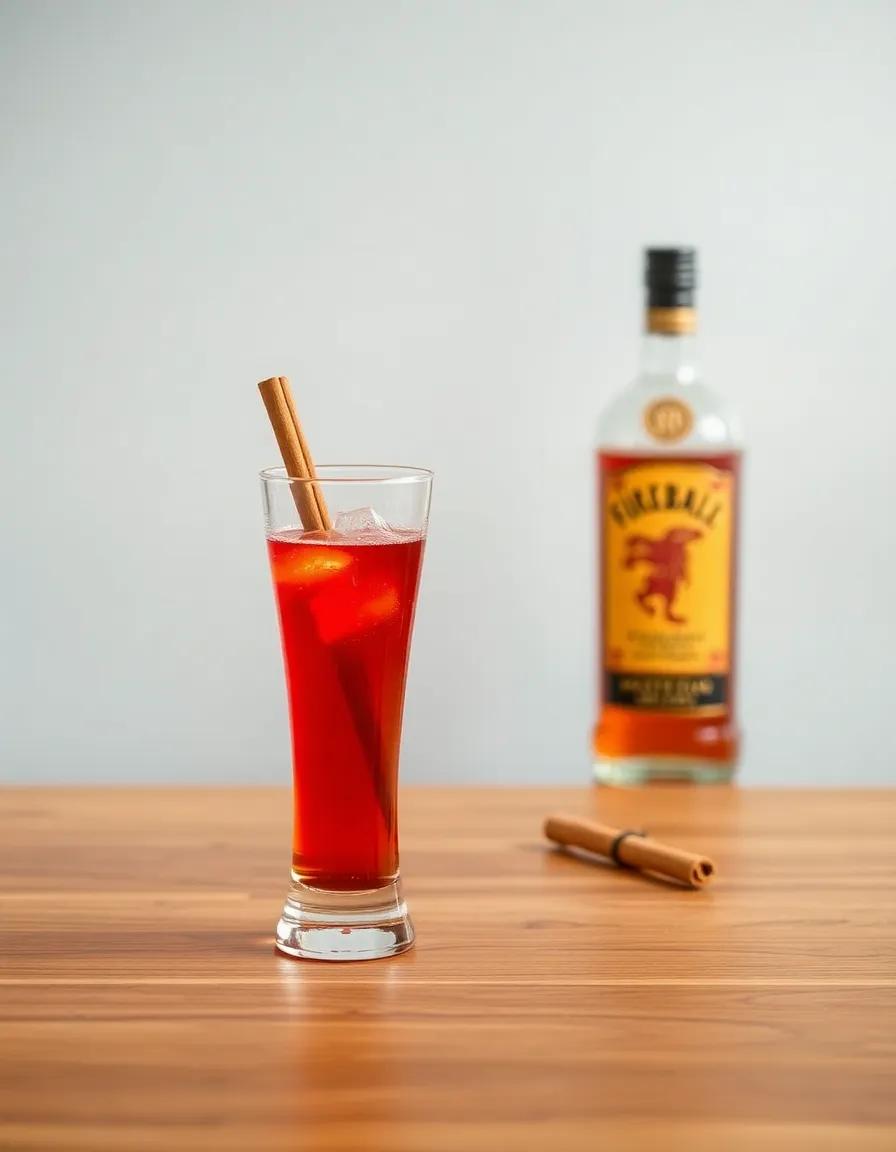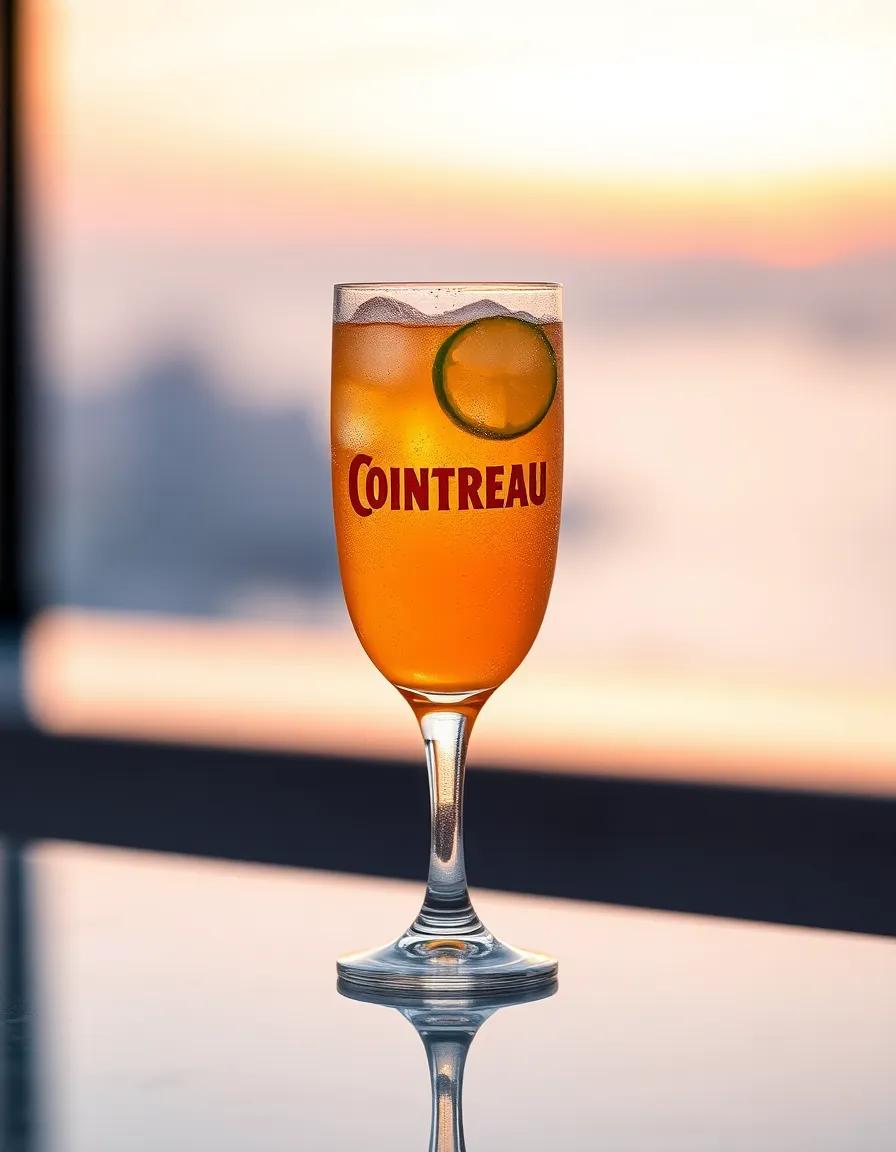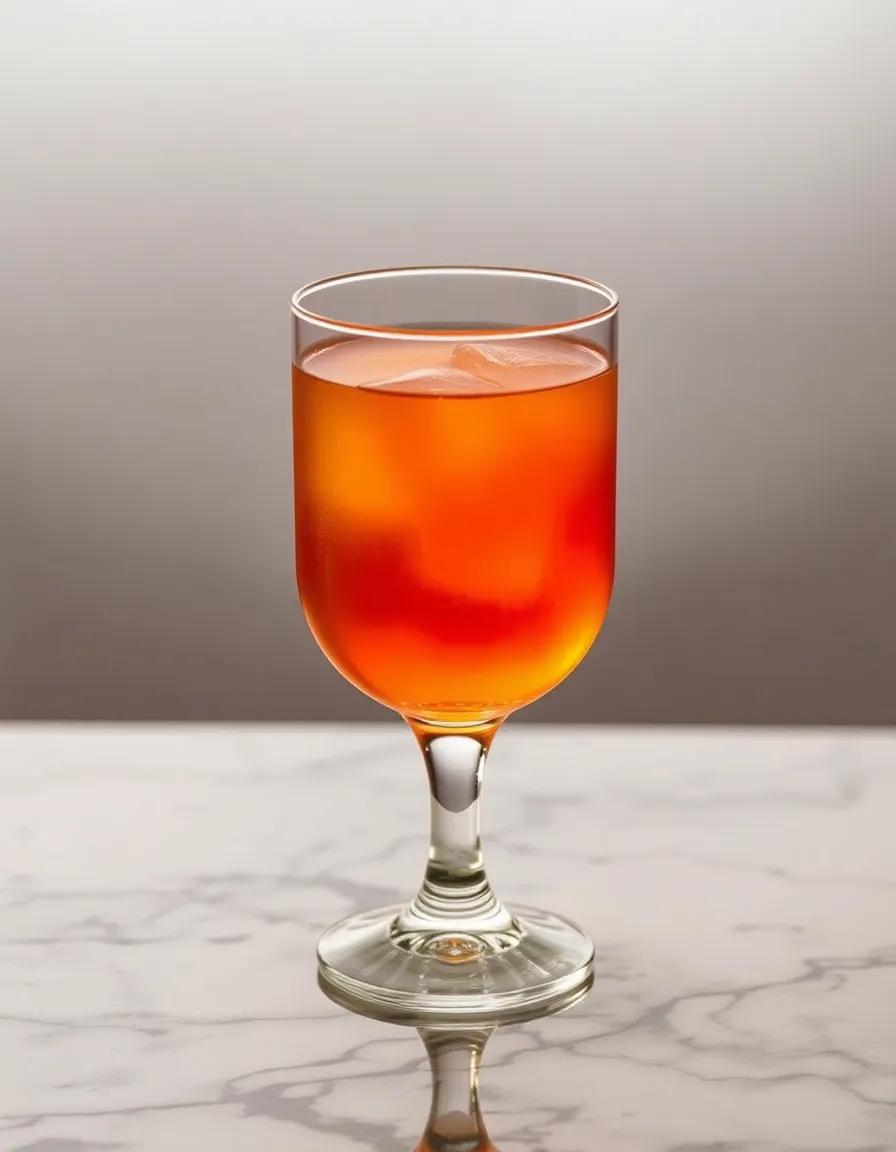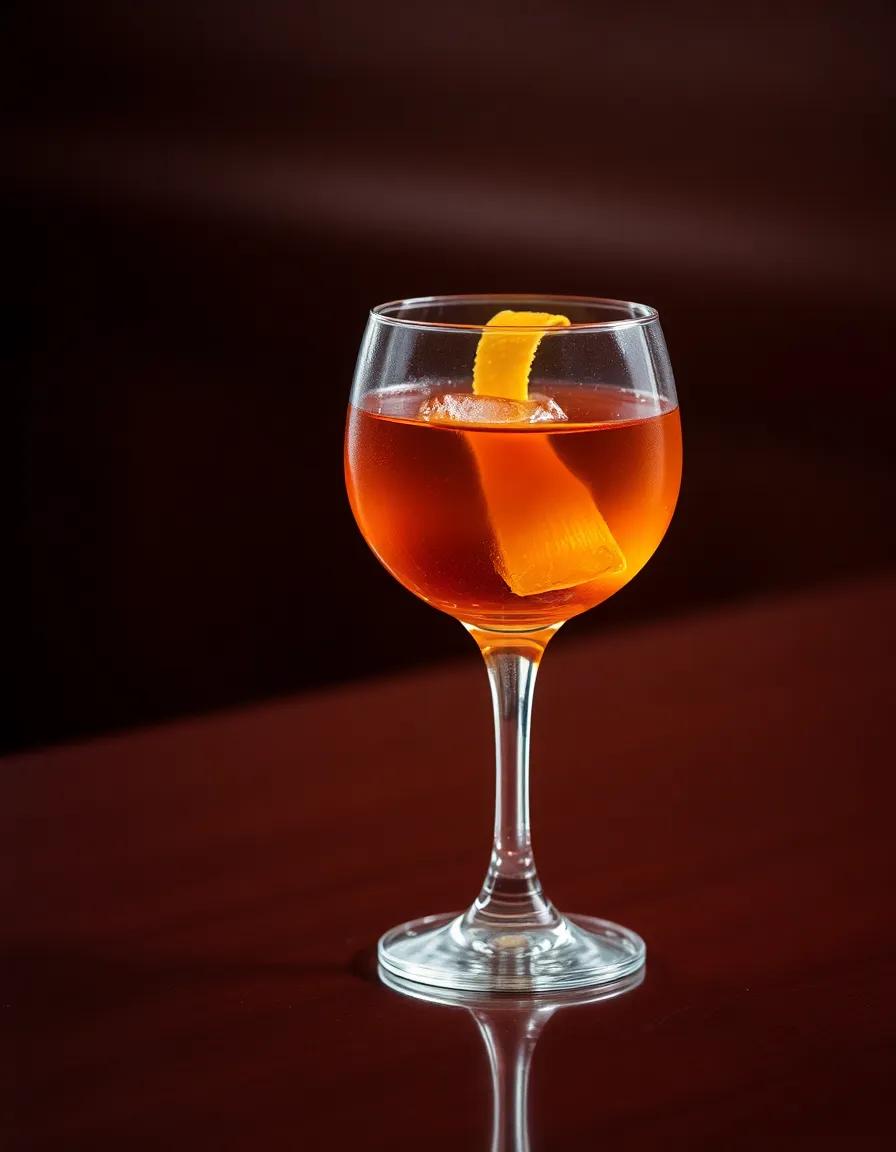There’s nothing quite like a crisp, cold Gin and Tonic on a sunny afternoon or a laid-back evening. It’s light, refreshing, and endlessly customizable. This classic cocktail mixes the herbal bite of gin with the bubbly brightness of tonic water—and it’s a drink I keep coming back to. I’ve made this one more times than I can count, and I’ve picked up a few tips along the way that make all the difference.
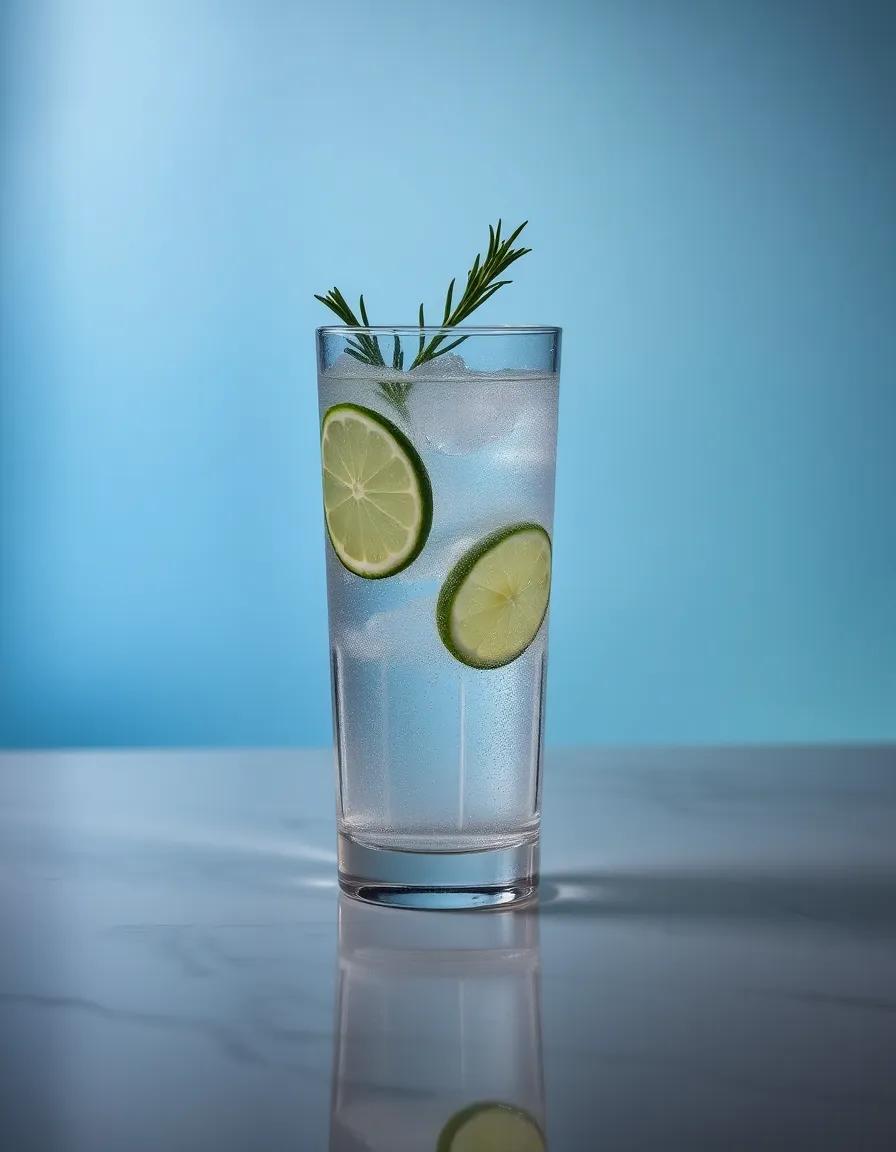
Honey Gin and Tonic
Whether you’re new to gin or just want to perfect your pour, this guide has everything you need—from ingredients and tips to fun twists and food pairings.
What You’ll Need
Prep Time: 5 minutes
Servings: 1 drink
Glassware: Highball glass or Copa glass
Ingredients
– 2 oz (60 ml) gin – Choose a gin that matches your taste. London Dry is classic, but floral or citrus-forward gins are great too.
– 4–6 oz (120–180 ml) tonic water – Use a high-quality tonic. Start with 4 oz and adjust to taste.
– Wedge of lime – Adds a bright citrus pop
– Ice cubes – Fresh, solid cubes are best (not the ones that have been sitting in the freezer too long)
Method
- Start by filling your highball or Copa glass all the way with fresh ice. This keeps the drink cold and slows down dilution.
- Pour in 2 oz (60 ml) of gin right over the ice.
- Top it off with 4–6 oz (120–180 ml) of tonic water. Pour slowly to keep the bubbles lively.
- Give it a gentle stir—just enough to mix, not flatten.
- Squeeze a wedge of lime over the top, then drop it in. That little citrus burst makes a big difference.
Tips for the Best Gin and Tonic
– Always use fresh ice. Old ice can water down your drink and add freezer odors.
– Chill your tonic water before using. Cold tonic keeps the fizz strong and the drink extra refreshing.
– Don’t over-stir. Just a quick swirl is enough to bring everything together.
– Use a tall glass. It gives the drink room to breathe and keeps your gin-to-tonic ratio in balance.
Make-Ahead Note
This cocktail is best made fresh, but you can chill your glassware, gin, and tonic in advance so everything is icy cold when you’re ready to pour.
Ingredient Swaps
– No lime? Use lemon—it’s just as tasty with a slightly different citrus twist.
– Watching sugar? Go for a low-sugar or naturally sweetened tonic water.
– Don’t have gin? Try a non-alcoholic gin alternative with the same method for a zero-proof version.
Storage Tips
– Store gin upright in a cool, dark spot—away from heat and sunlight.
– Once opened, tonic water should be sealed tightly and stored in the fridge. Try to use it within a few days for max fizz.
How It Tastes
A good Gin and Tonic is clean, crisp, and just the right amount of bitter. The gin brings botanical notes—think juniper, citrus, herbs—while the tonic adds a lightly sweet, bubbly bitterness. When combined, it’s bright, balanced, and super refreshing.
This has been my go-to cocktail for summer nights when I want something that feels fancy without a lot of fuss.
Food Pairings
A Gin and Tonic plays really well with food—especially dishes that are light, herby, or citrusy.
Cheese Board
Creamy brie, tangy goat cheese, or a sharp cheddar all work beautifully. Add some olives or nuts on the side.
Grilled Chicken
The char from the grill pairs nicely with the gin’s botanicals and the tonic’s fizz.
Seafood
Think shrimp cocktail, oysters, or ceviche. The drink’s brightness cuts through rich or briny flavors.
Fun Facts
– The Gin and Tonic was originally created in the 1800s by British officers in India. They added gin, lime, sugar, and water to bitter quinine to make it easier to drink and help fight malaria.
– April 9th is International Gin & Tonic Day.
– A good starting ratio is 1 part gin to 3 parts tonic. You can adjust based on how strong you like it.
– Garnishes can really change the flavor. Lime is classic, but cucumber, grapefruit peel, or even herbs like rosemary give it a twist.
Variations to Try
Elderflower Gin and Tonic
– Add a splash (about 0.5 oz / 15 ml) of elderflower liqueur to your glass before the gin.
– Top with tonic and garnish with a lemon twist. Floral and fragrant.
Cucumber Gin and Tonic
– Muddle a few slices of fresh cucumber in the bottom of your glass before adding ice.
– Pour in gin and tonic, and garnish with more cucumber. Super refreshing.
Spiced Gin and Tonic
– Add a cinnamon stick to the glass and stir with it.
– Garnish with a strip of orange peel. Great for cooler months.
Non-Alcoholic G&T
– Use a non-alcoholic gin alternative and follow the same steps.
– Still bubbly, botanical, and refreshing—just without the booze.
Q&A
Can I use lemon instead of lime?
Yes! Lemon adds a slightly sweeter citrus note, and it’s a great swap.
What kind of ice is best?
Big cubes or spheres are ideal—they melt slowly and won’t water down your drink too fast.
Do I need a cocktail shaker?
Nope. This one’s built right in the glass. Just pour and stir.
What’s the healthiest way to enjoy a Gin and Tonic?
Use a gin with natural botanicals and pair it with low-sugar tonic. Keep it to one or two drinks and you’re golden.
Can I make a big batch for a party?
Yes! Just multiply the ingredients and mix in a pitcher. Add tonic just before serving to keep the fizz.
Are there seasonal twists?
Absolutely. Try adding seasonal fruits or herbs—like cranberries and rosemary in winter, or strawberries and mint in summer.
Gin and Tonic might be simple, but it’s got endless potential. Once you get the base right, you can tweak it to match your mood, your meal, or even the weather. Whether you’re kicking back on the porch or serving friends at a get-together, it’s a drink that always hits the spot.


